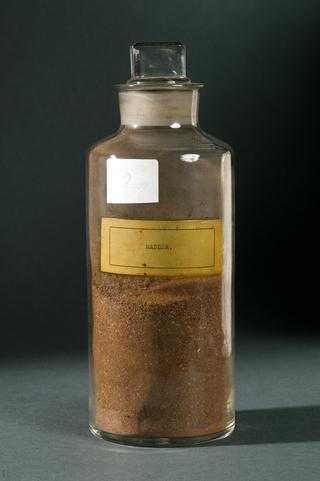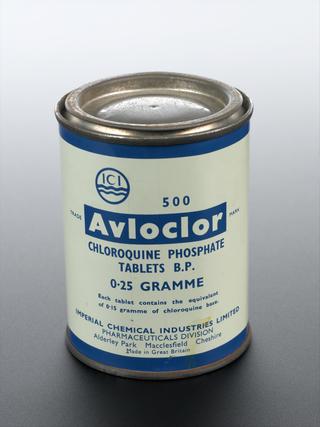
Sample of Haber's Synthetic Ammonia, 2 July 1909
- Made:
- 1909
- preparer:
- Fritz Haber and Robert Le




Sealed glass tube containing the first specimens of liquified ammonia synthesised by the Haber process on 2nd July, 1909. Stored inside spherical pressure tested glass container with steel base.
The liquid held in this inner glass tube is the first sample of perhaps the most significant invention of the 20th century.
In 1909 German scientist Fritz Haber found a chemical way to extract nitrogen from air – in the form of liquid ammonia. This discovery paved the way for human-made nitrogen fertiliser. It woud transform farming and food production.
Details
- Category:
- Industrial Chemistry
- Object Number:
- 1952-391/1
- Materials:
- ammonia, glass and steel (metal)
- Measurements:
-
glass sphere: 370 mm 280 mm, 8.3 kg
tube: 170 mm 10 mm, .02 kg
- type:
- chemicals, ammonia and synthetic chemicals
- credit:
- Robert Le Rossignol




